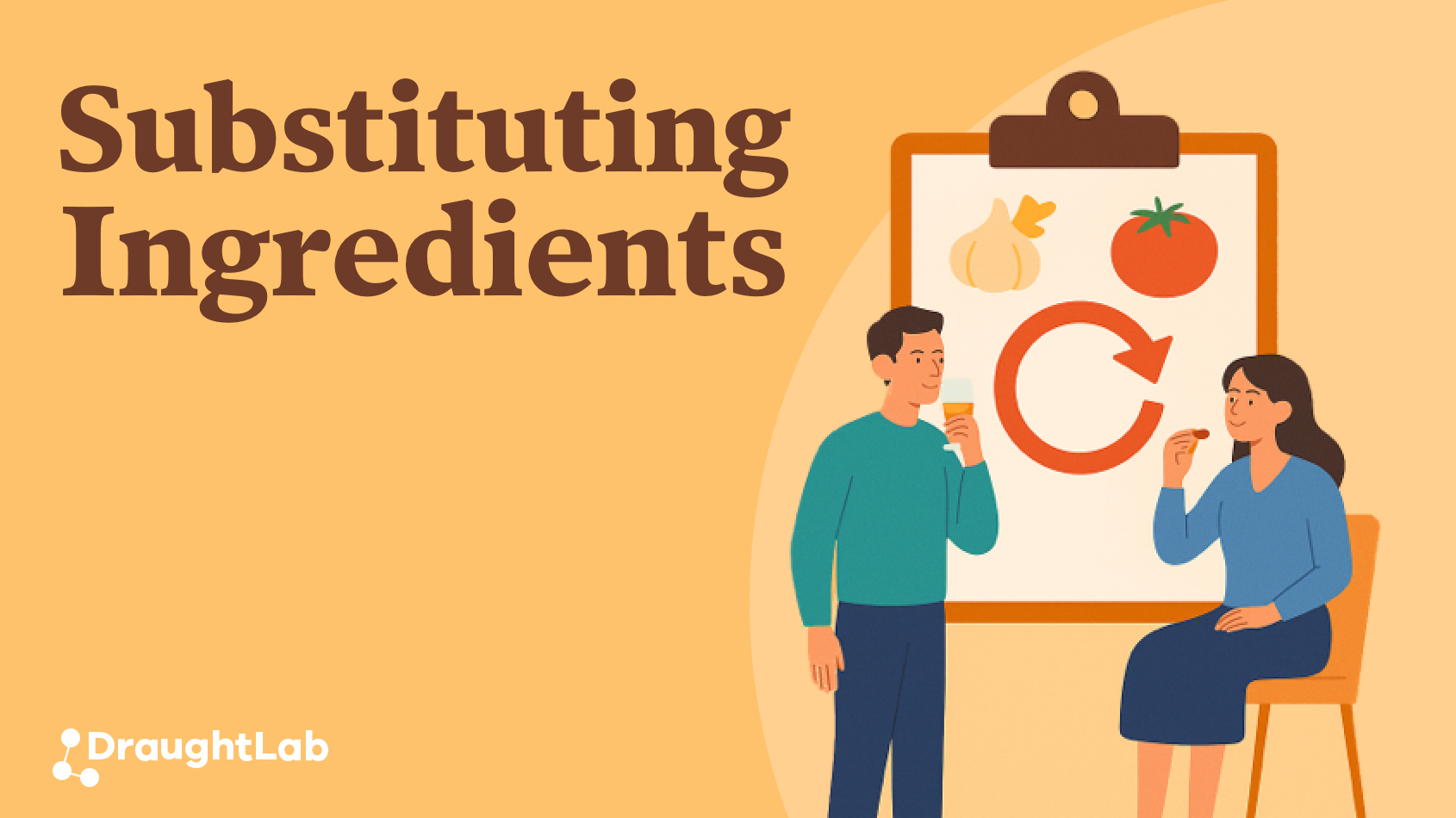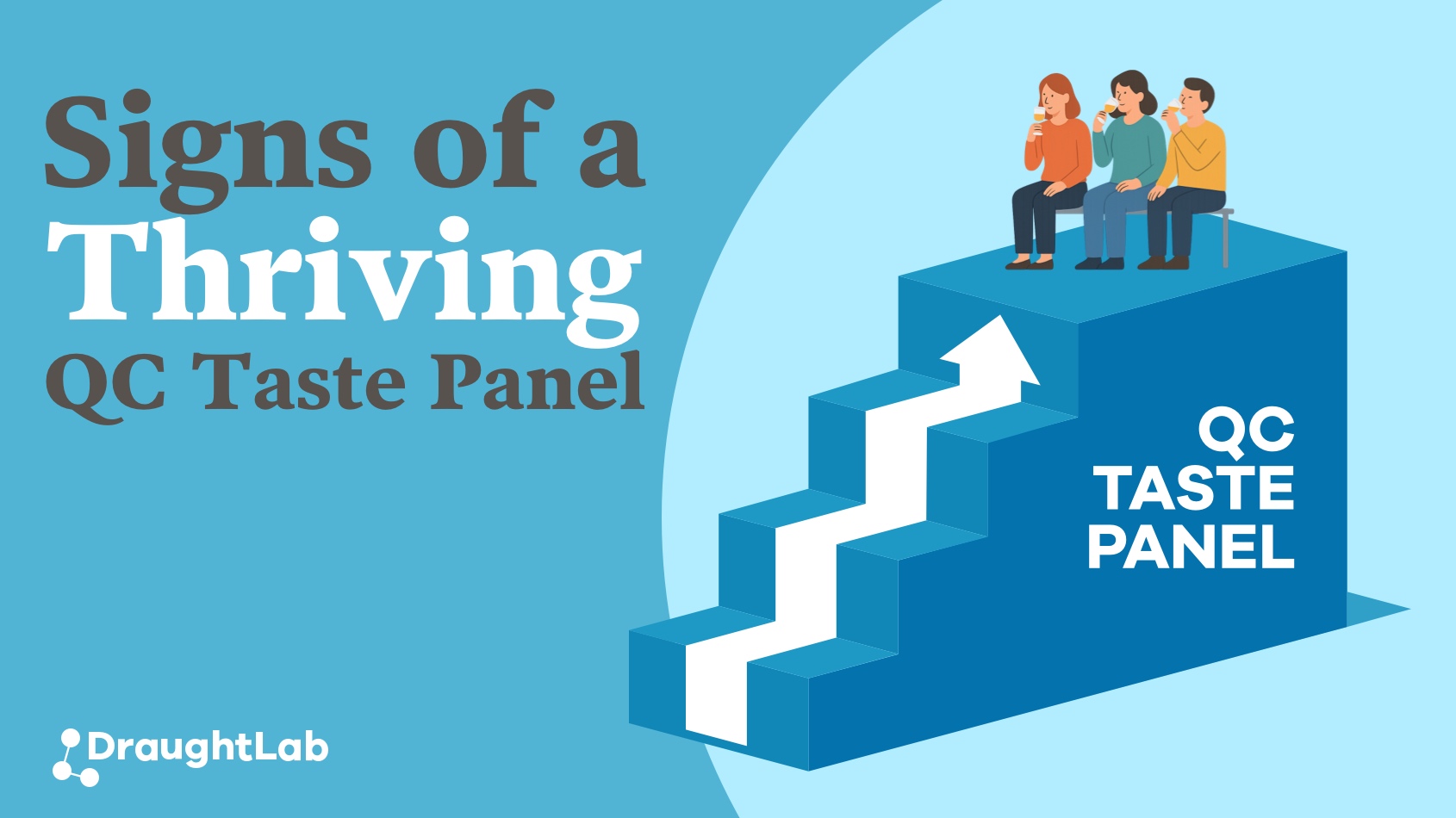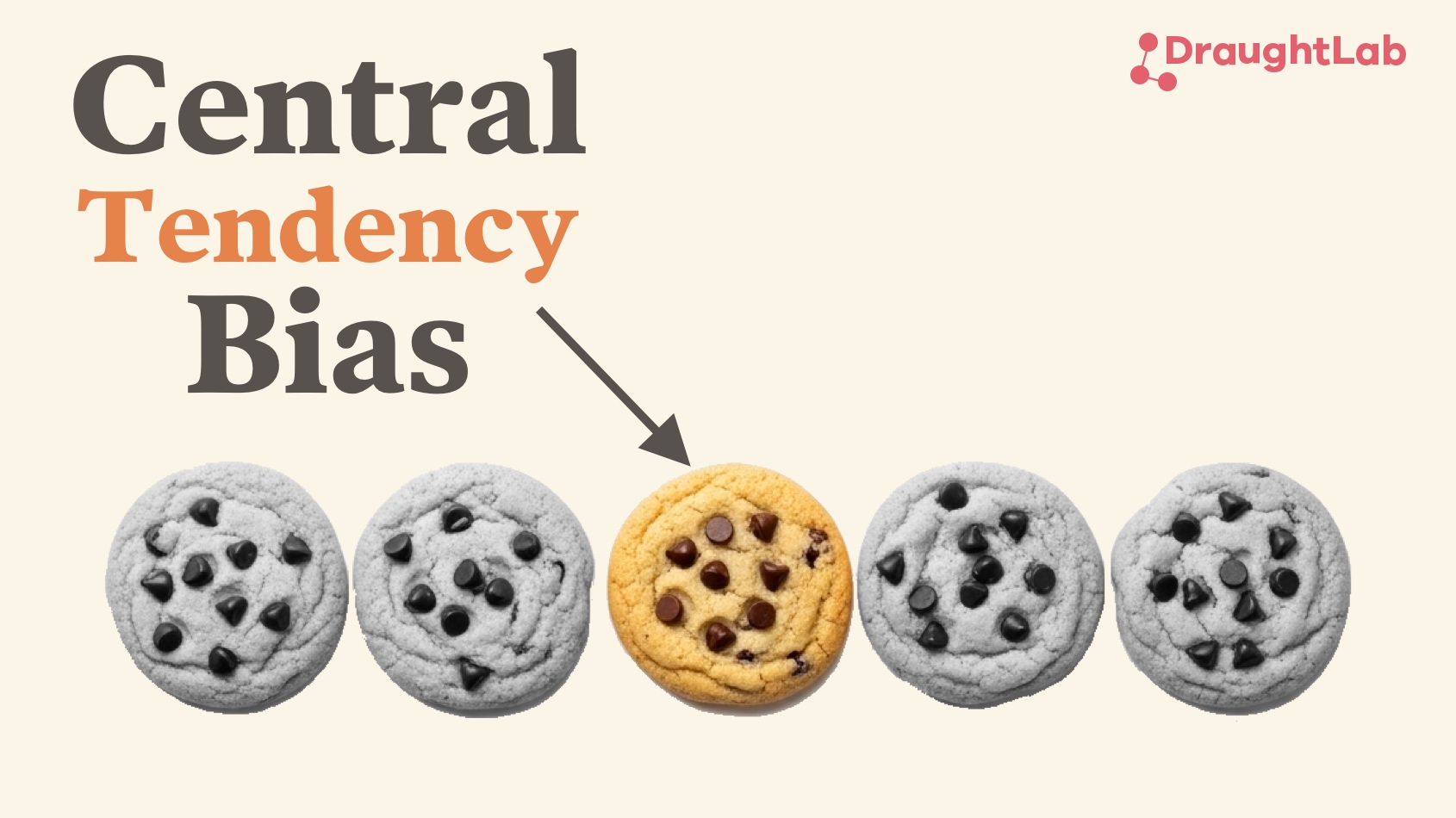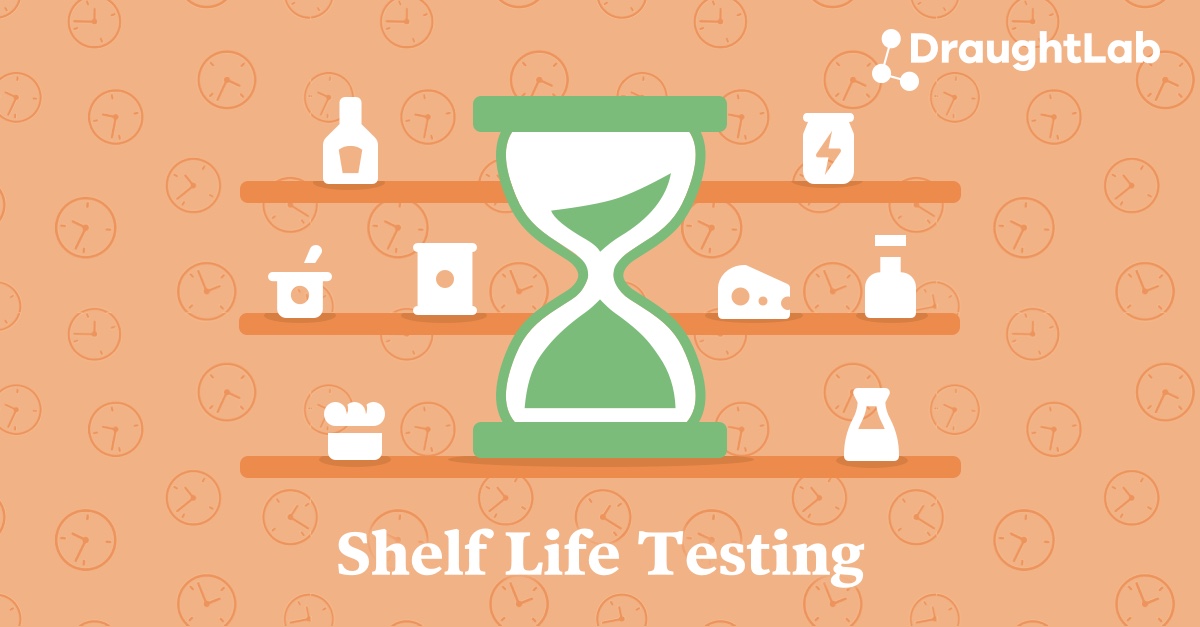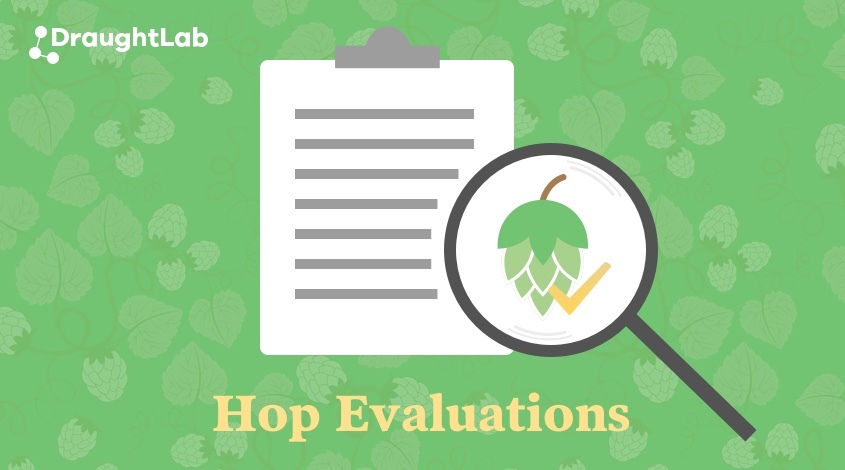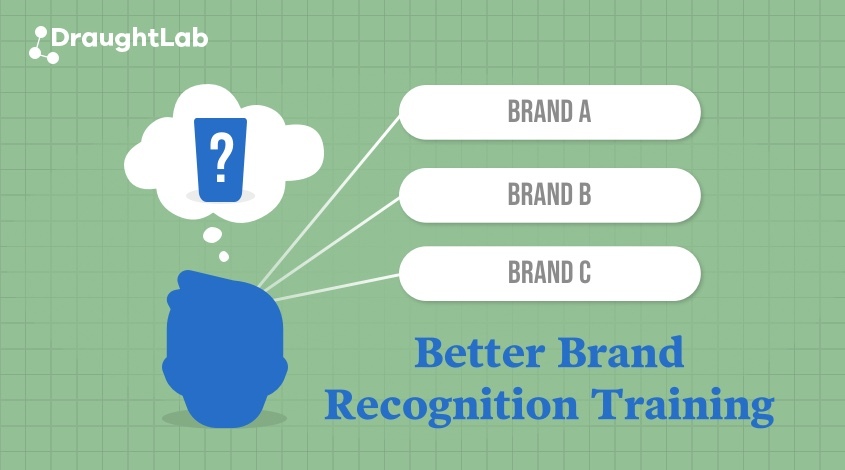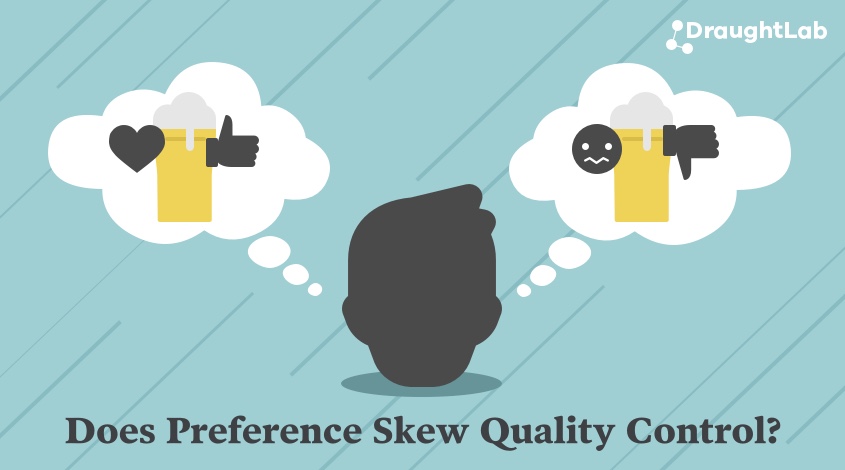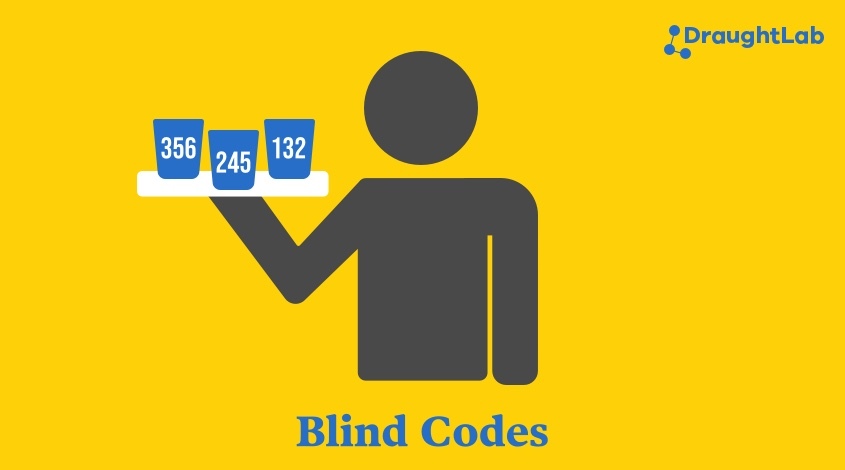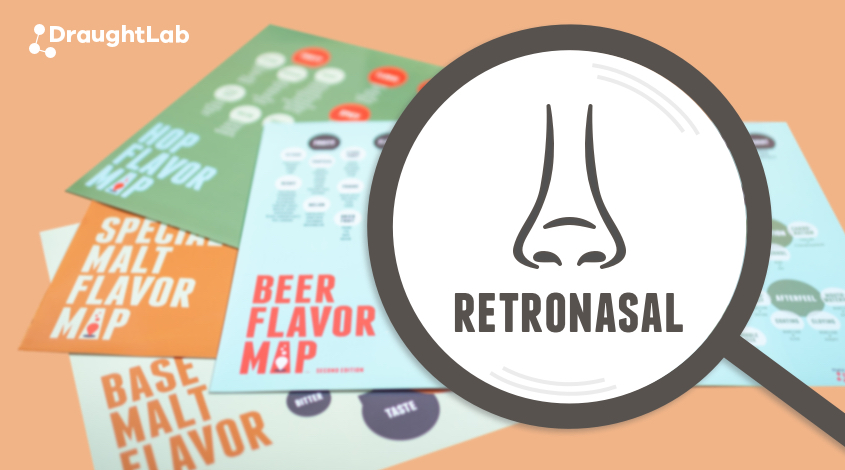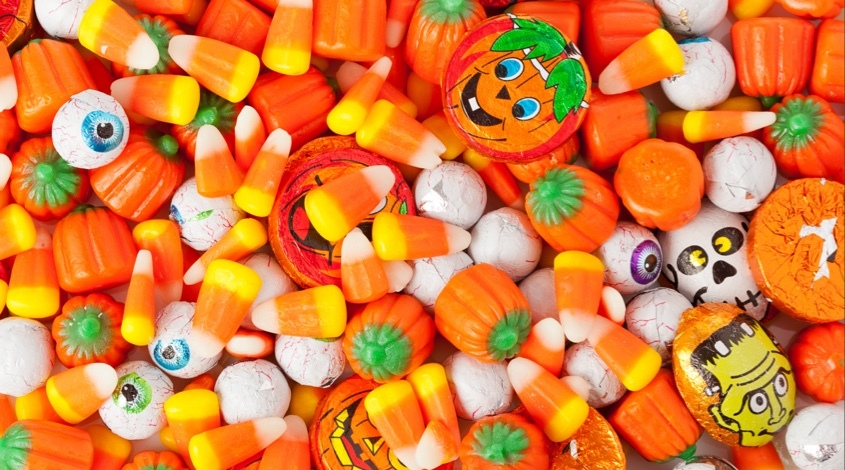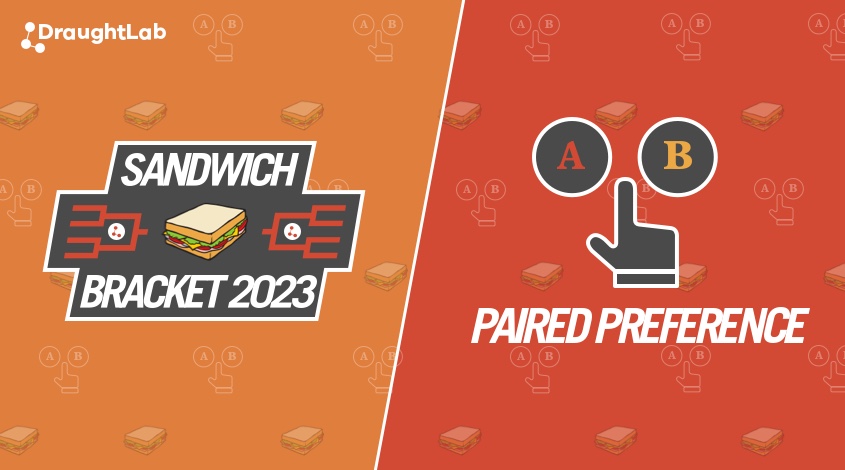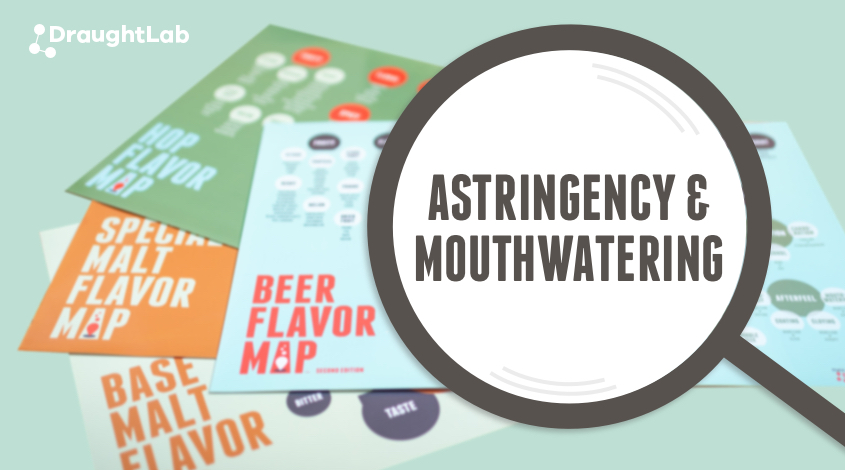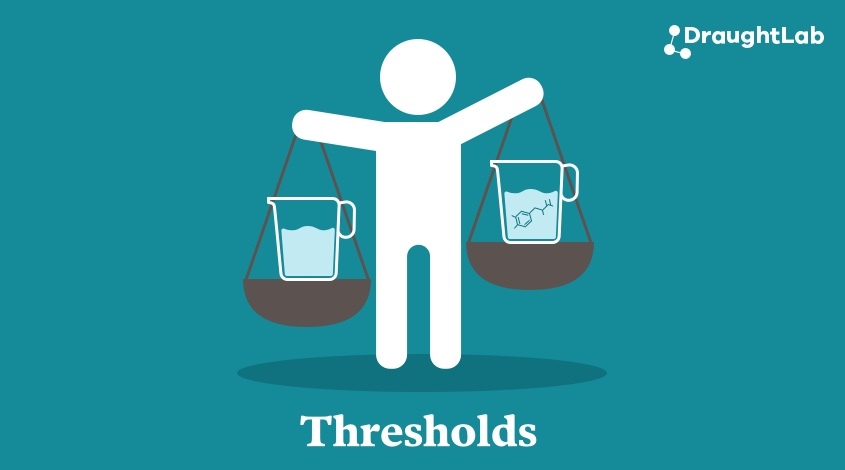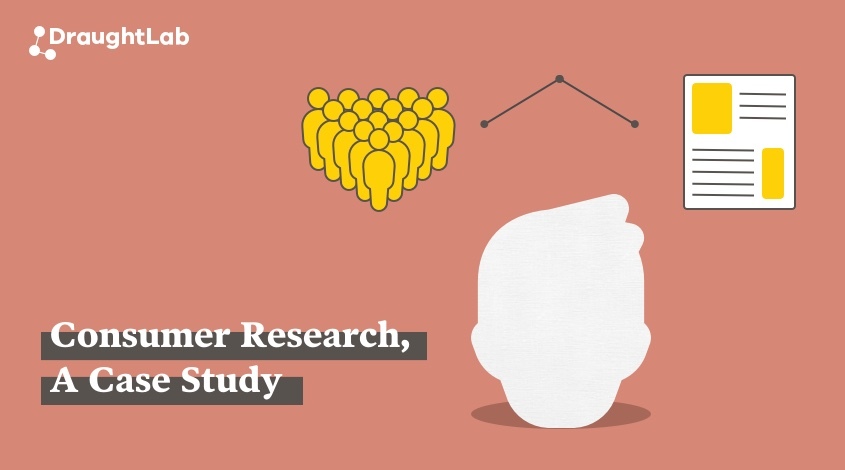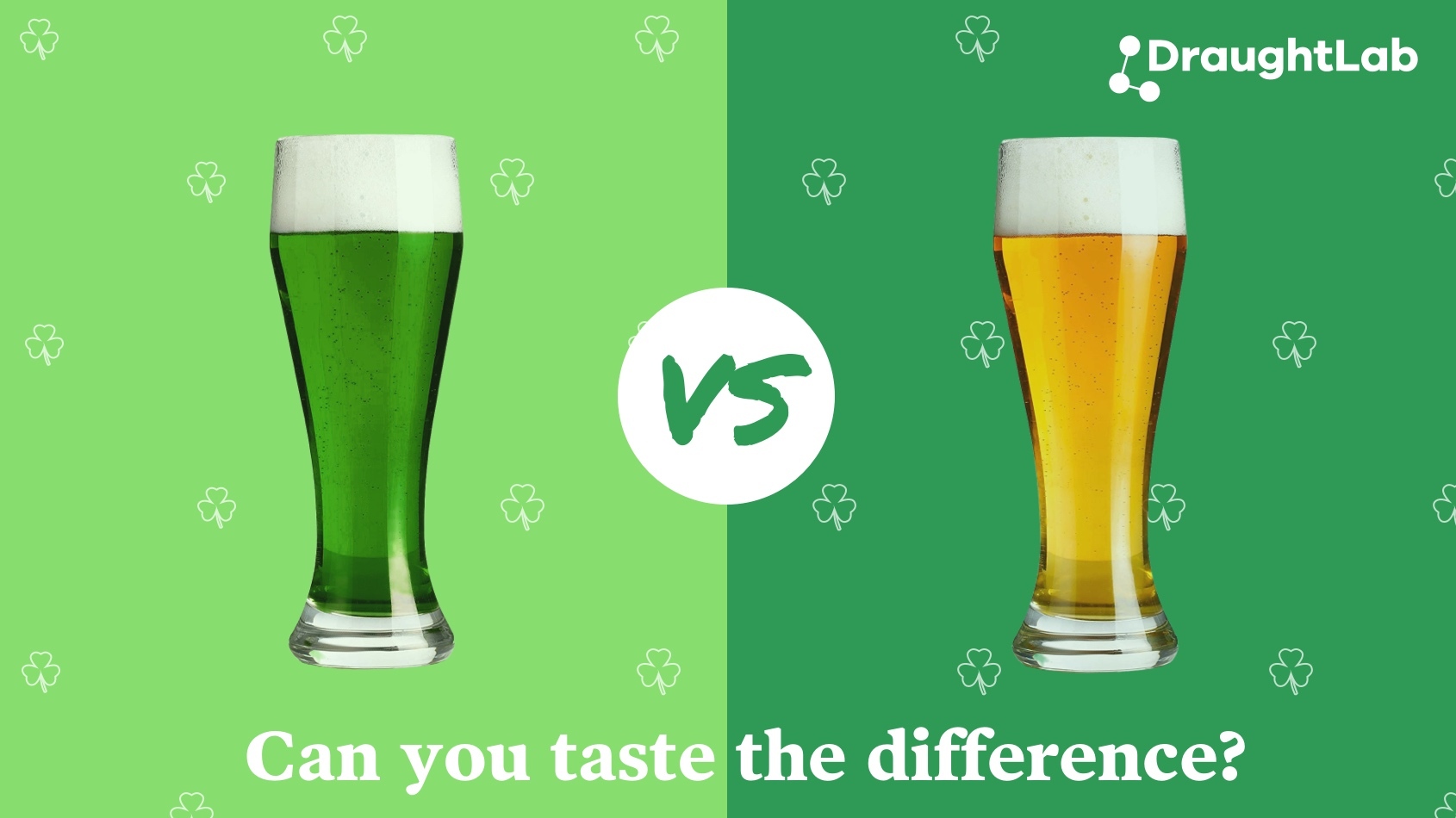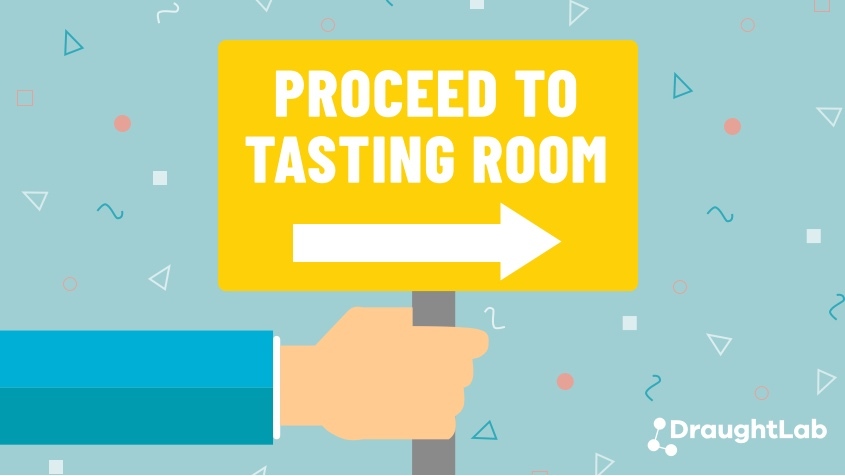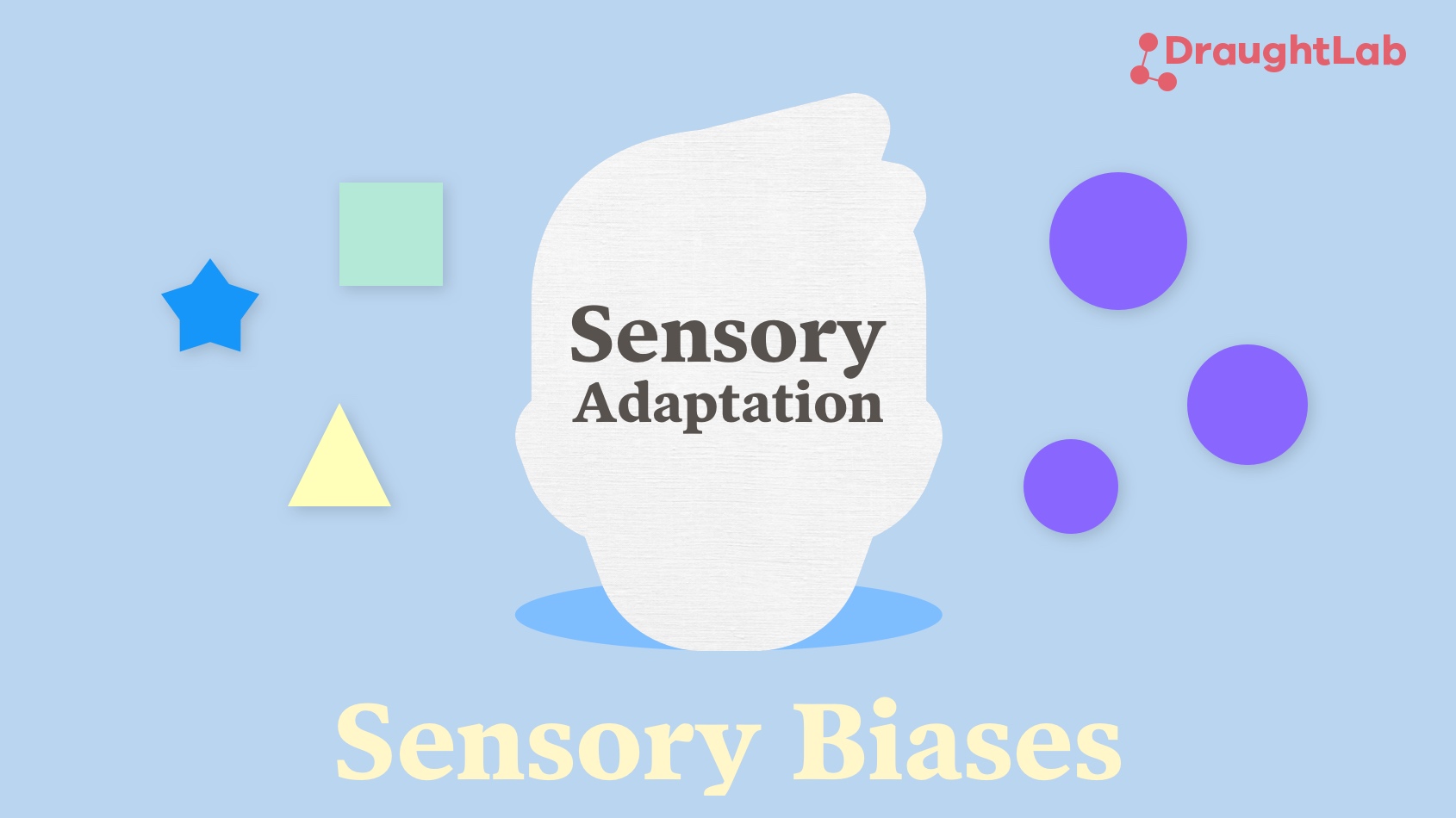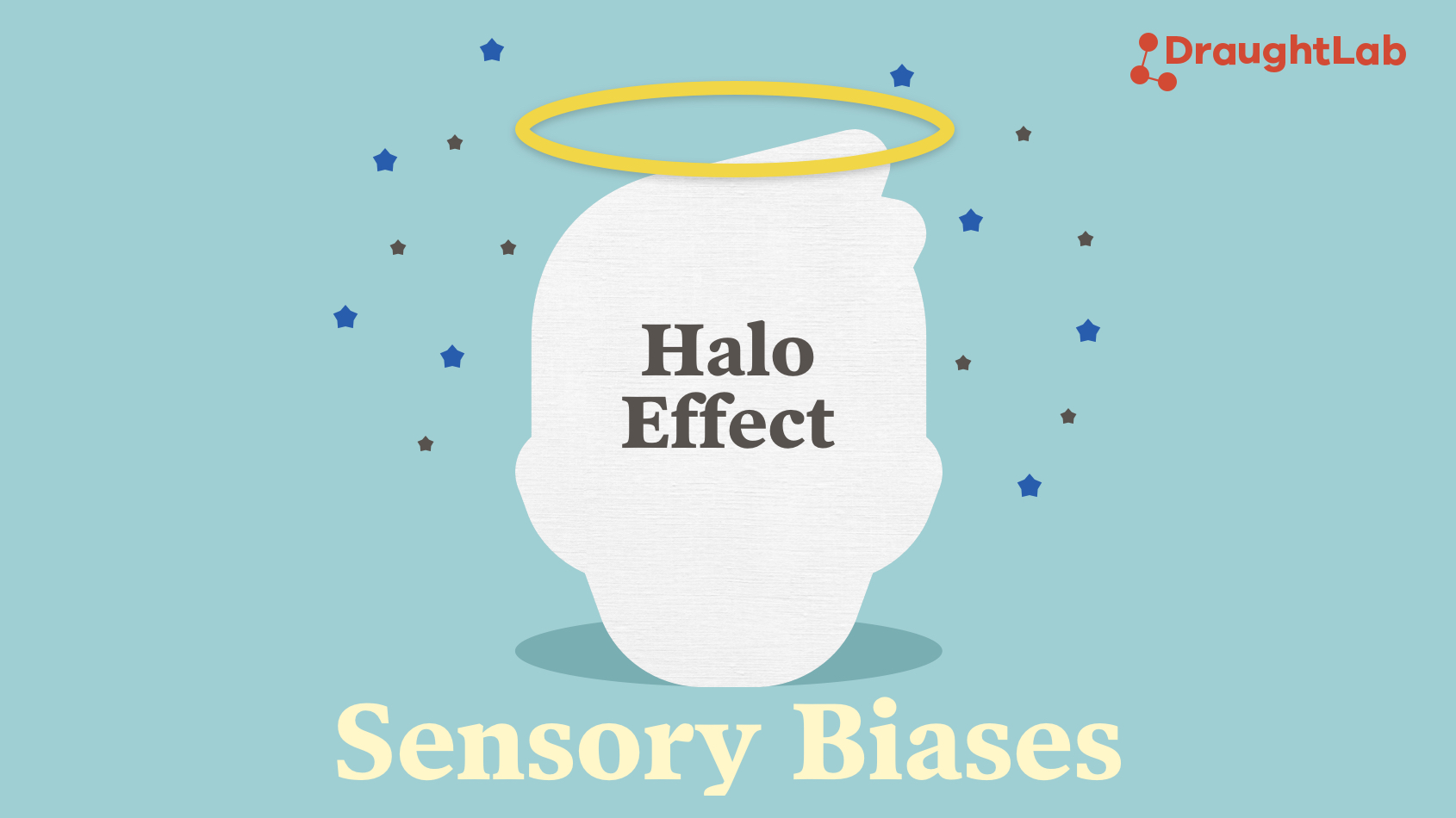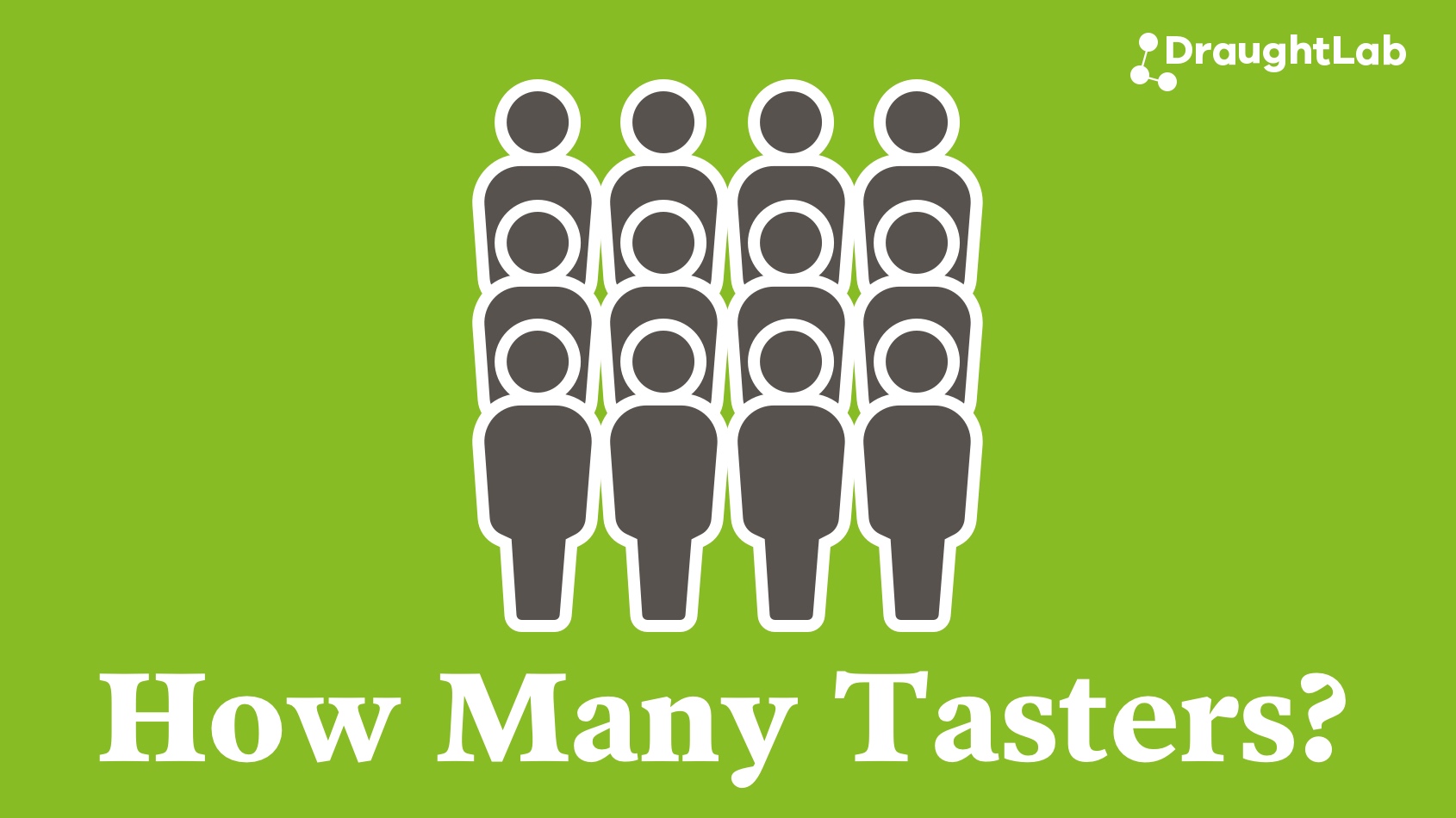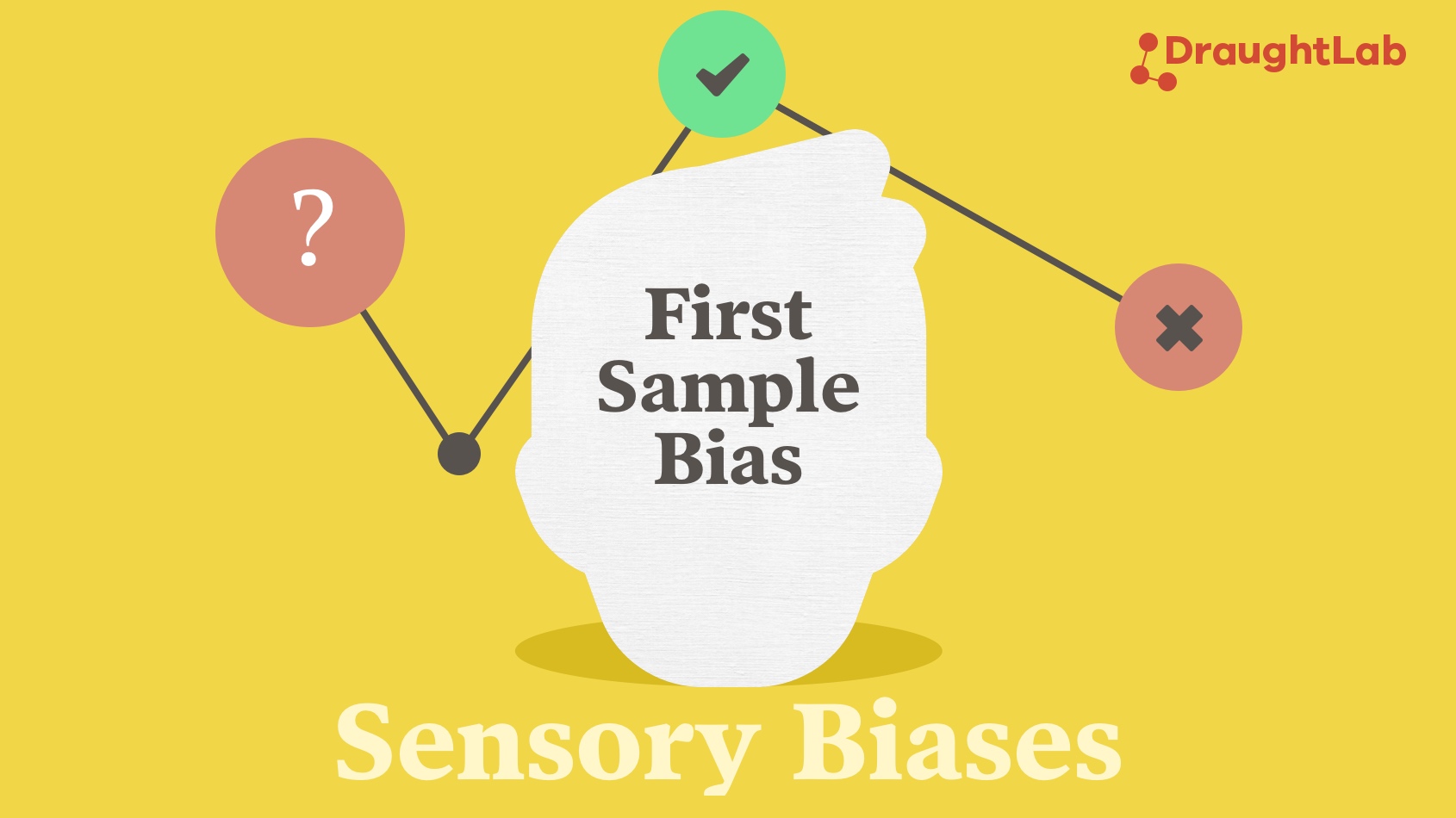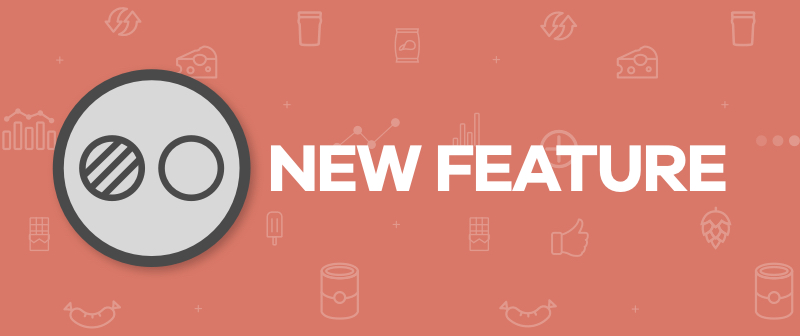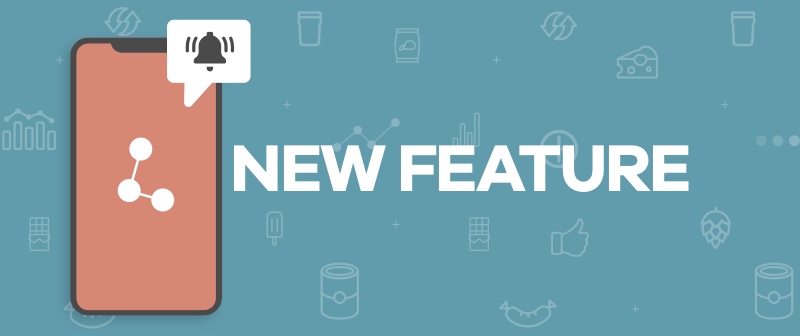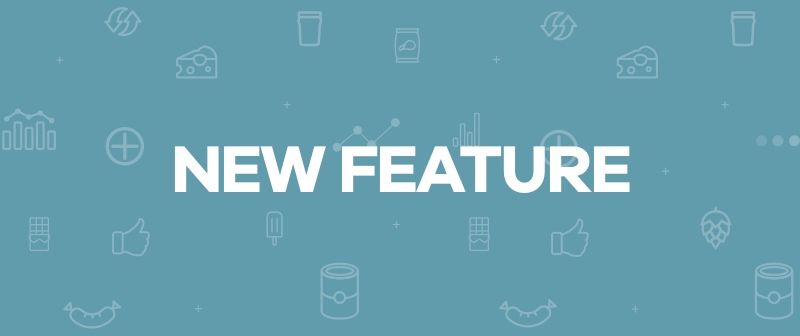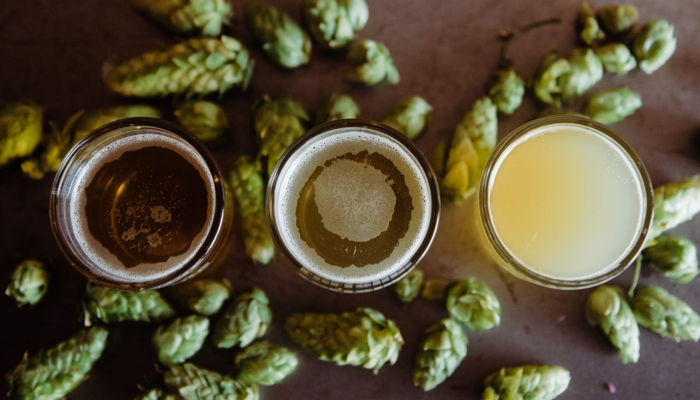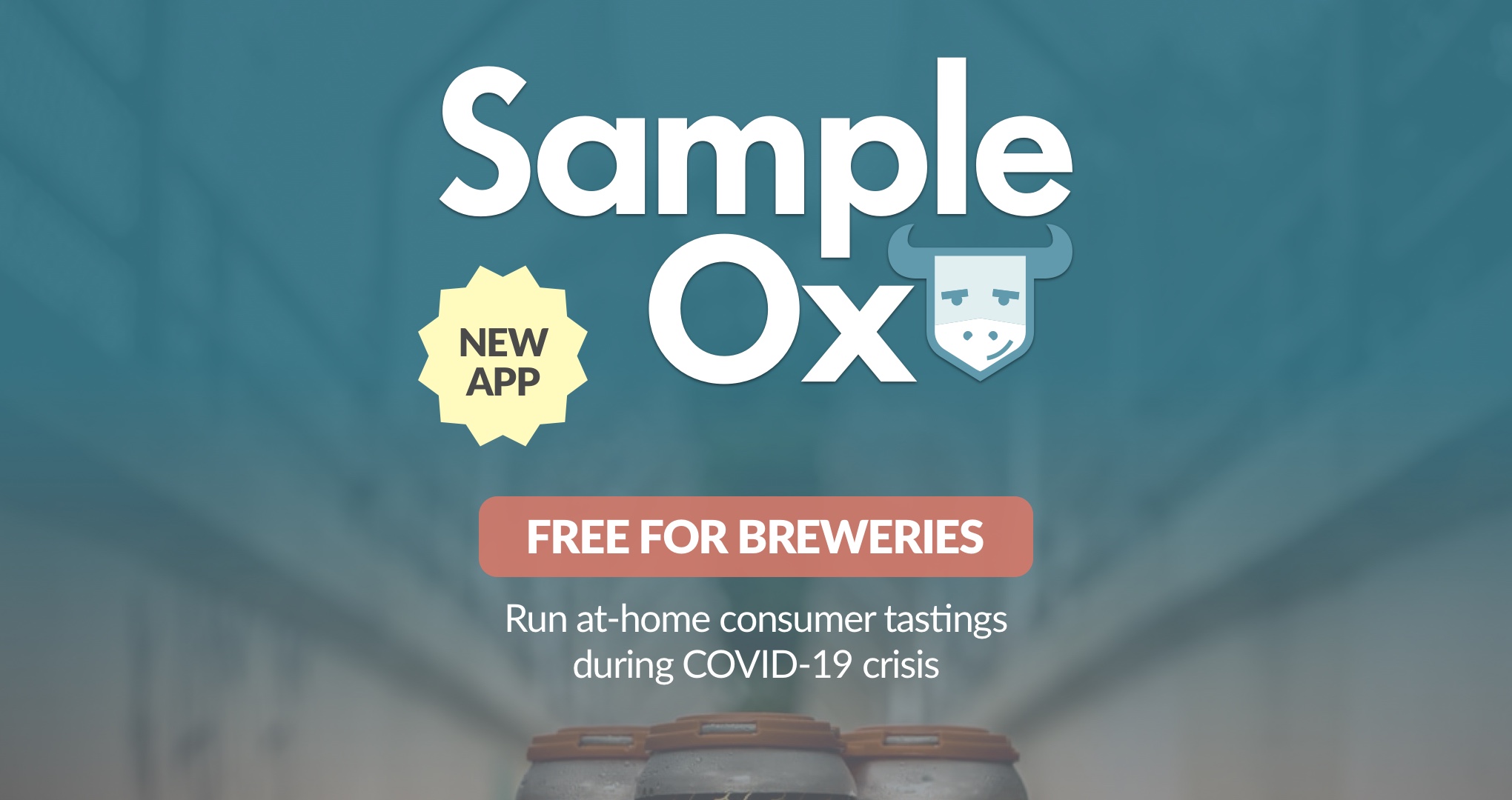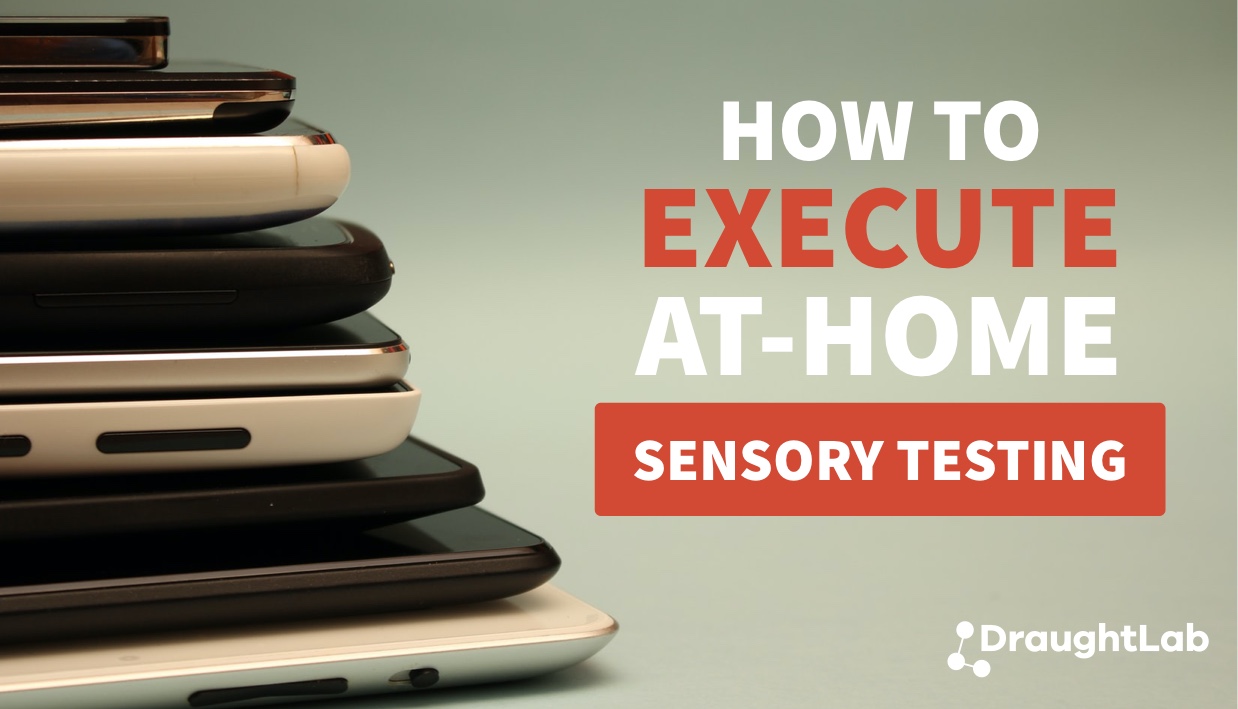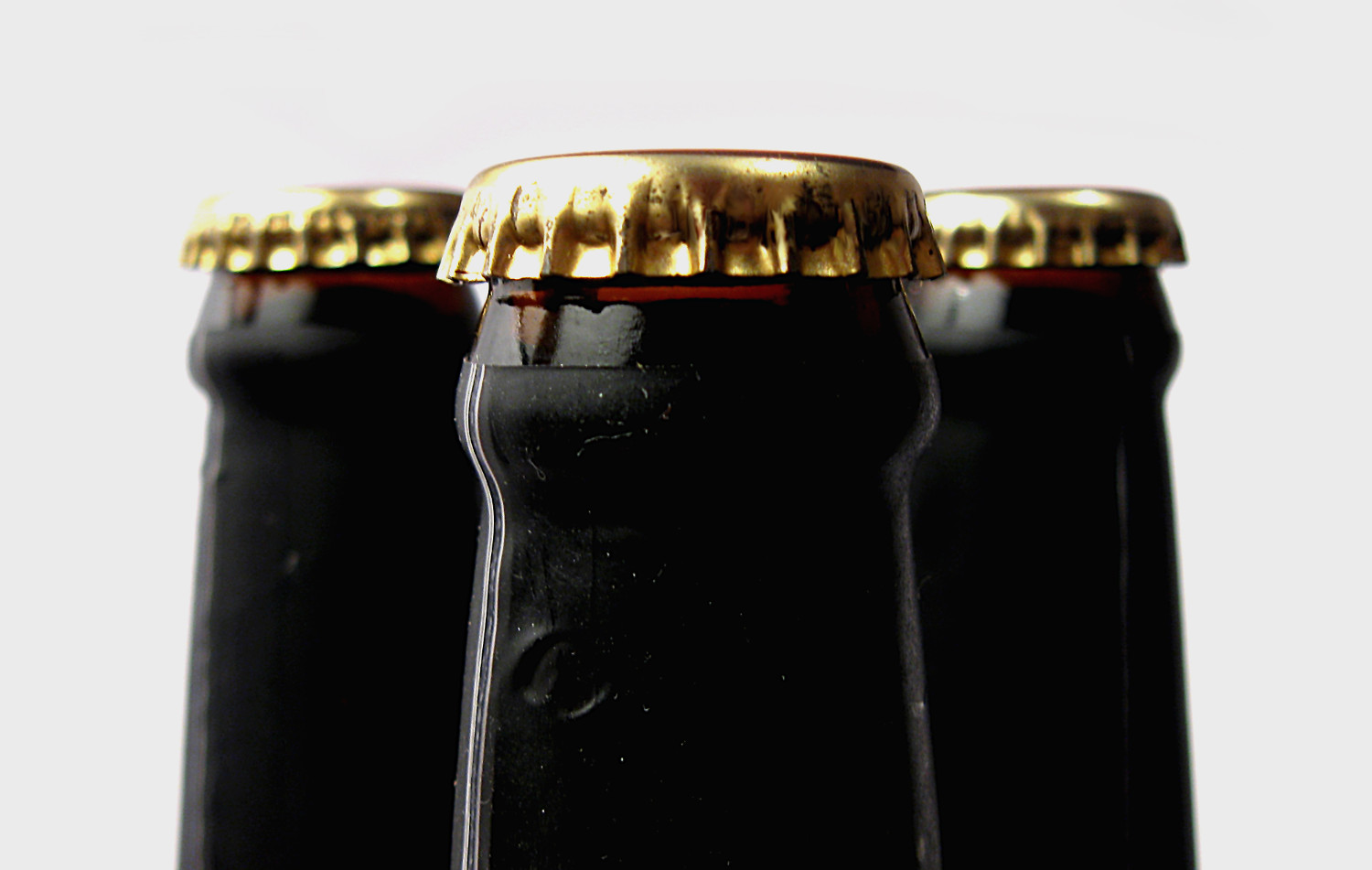Ingredient substitutions are common in the food and beverage world. Whether you are trying to navigate supply chain challenges, reduce costs, respond to regulatory updates, or looking to improve quality... Read More
A quality control (QC) taste panel is a fundamental tool for any product that relies on consistency. Panels serve as the last line of defense against product variability... Read More
Running a sensory panel is all about collecting reliable, actionable data. But even with a trained panel and a well-designed test... Read More
It’s highly likely that you will encounter a shelf-life study at some point in your career if you are a sensory professional. On the surface, these studies seem clear cut... Read More
One thing we love about our position in the food and beverage industry is that we get to work with many different types of businesses... Read More
It’s hop harvest time! The season when hops are at their peak and brewers head to the Northwest to handpick the best lots for their beers. Whether or not you make it out to harvest, knowing how to properly evaluate fresh hops... Read More
A common trick we use on panel to see how tasters will react is to give samples we know will fail. An easy way to do this is to... Read More
Ever wondered if disliking a product makes someone more likely to flag a sample on taste panel? It seems like a logical assumption, but is it really the case... Read More
As we’ve discussed in the past, understanding and limiting bias is one of the tougher jobs for a sensory admin. Bias can influence taster feedback... Read More
We often get asked why there are so many descriptors for aroma but only five for taste. After all, it’s common for a person to say... Read More
Sensory scientists love Halloween because we get to eat and debate the merits of various Halloween treats in the name of science... Read More
This month we concluded our 2023 Sandwich Bracket voting on Instagram... Read More
When it comes to discussing flavor, using common language and terminology is extremely important... Read More
Our senses are very much like measuring devices. We are constantly taking “readings” of the outside world... Read More
One of my personal mottos is to never waste a good opportunity to learn something new. We love getting research questions from the community... Read More
With St. Patrick's Day upon us, many bars and breweries are offering green beer as a festive option for patrons... Read More
It’s hard to find a process, ingredient, or piece of equipment in a production facility that hasn’t been thought of or scrutinized 1,000 times over... Read More
We experience nonstop sensory stimulation throughout the day: birds chirping, construction noise... Read More
The halo effect is a kind of bias where a person’s status or perceived skill... Read More
We hear this question all the time, and chances are you have too if you are reading this... Read More
There’s a reason why that first sip of coffee hits different in the morning... Read More
There are several ways to determine if a significant difference exists between two samples... Read More
Starting this week, you will have the option to send mobile notifications to tasters when a panel starts... Read More
We have released two new test templates - Degree of Difference (or Difference from Control) and Quality Rating (or Quality Score)... Read More
The 2020 hop harvest season was one, if not the, smokiest year on record in the Yakima and Willamette valleys... Read More
As part of our ongoing effort to provide more value back to you and business, we are excited to discuss the new features... Read More
Anyone familiar with the art of making sourdough bread knows about sourdough starters and the care required to bring one back to life after periods of dormancy... Read More
DraughtLab is offering free access to their new app Sample Ox during the COVID-19 crisis. This new platform helps craft breweries build community and enhance engagement with their customers remotely... Read More
With widespread “stay at home” orders announced last week, many organizations are wondering how to run their sensory panels with fewer resources... Read More
It’s a situation we often see... a Sensory QC Program is in the organizational spotlight because of either shifting priorities, a recent uncaught issue, or the perception that they are slowing down production... Read More
Just the other day, I was speaking with a friend in the industry and sharing in our woes regarding how much time and effort it can take to manage and maintain a strong sensory program... Read More
We’ve all seen the headlines and felt the squeeze: “Craft brewers battling a hop shortage”, “What’s the haps with the hop shortage?”, “Millennials love craft beer, but will a hops shortage leave them thirsty?”. It isn’t difficult to imagine a scenario where we’re forced to find an adequate substitute for a key aroma hop in one of our growing brands. In the event that all 2017 Mosaics are imperiled by a natural disaster (let’s hope not!) how will you determine which hop (or combination of hops) can fill in without producing a major flavor difference... Read More
“How do I know when the flavor of my beer is out of spec?”
I get this question a lot, and it truly is a fundamental question if your goal is to consistently brew great beer. Because of this, breweries need an easy AND objective way to tell if a given batch hits the flavor profile expected. This type of test has many names (e.g. go/no go, true to brand, TTB, etc.) and there are many approaches, all detailed below, but none so easy and powerful as using percent defect charts (p-charts for short).
Here’s what you’ll learn from this post:
- The different approaches of how to measure batch-to-batch variation
- Why we recommend p-charts
- An easy to understand guide with expert tips for using p-charts in your brewery
